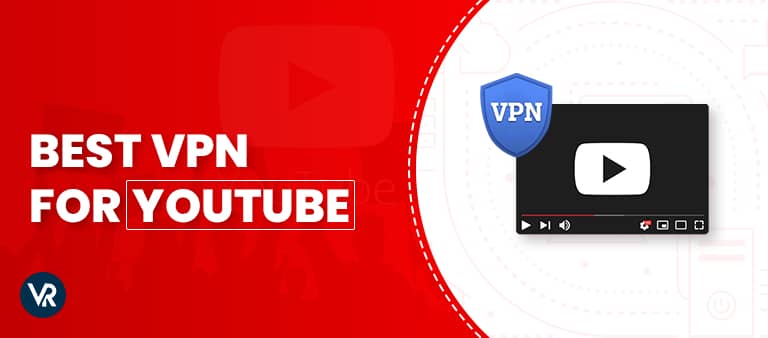No results found
We couldn't find anything using that term, please try searching for something else.

What Is a Business VPN? Understand Its Uses and Limitations
What Is a Virtual Private Network (VPN)? A virtual private network (VPN) allows users to safely connect to another network over the internet by encry
What Is a Virtual Private Network (VPN)?
A virtual private network (VPN) allows users to safely connect to another network over the internet by encrypting the connection from their device. A VPN makes an internet connection more secure and offers both privacy and anonymity online.
Organizations, governments and businesses of all sizes use VPNs to secure remote connections to the internet for protection against data interception. Individuals also use personal VPNs to keep their locations private, safely encrypt data and browse the web anonymously.
What Is a Business VPN?
A business VPN is exactly what it sounds like: a VPN connection used by businesses and other professional organizations to securely connect their remote workforces and branch offices to the applications, data, tools and resources they need to do their jobs.
Many organizations use traditional perimeter security models to secure their corporate networks. Business VPNs augment perimeter security practices to give remote workers and branch office employees a virtual network through which to access the corporate network via a public or private internet connection anywhere in the world.
With a perimeter security model, a company’s IT team builds business-only security networks within the organization’s physical structures and locations, aligning the computer network security footprint to the corporate real estate footprint. This alignment between physical structures and the computer network has historically enabled network security professionals to simplify network access visibility and management.
Employees working in an organization’s headquarters directly connect to the corporate network in the corporate perimeter, eliminating the need to connect via business VPN. However, branch office employees, remote workers or staff traveling outside the secured corporate perimeter need a business VPN for secure network connectivity while they work from anywhere.
Organizations have historically relied on two business VPN connection types to keep their employees outside of headquarters secure: remote access VPN for the remote workforce, and site-to-site VPN for branch office employees.
A remote access VPN is a temporary connection between users and headquarters that is typically used for access to data center applications. This connection could use IPsec, but it is also common to use an SSL VPN to set up a connection between a user’s endpoint and a VPN gateway.
A site – to – site VPN is is is a permanent connection design to function as an encrypt link between office ( i.e. , “ site ” ) . This is typically set up as an IPsec network connection between networking equipment .
Remote Access VPN
A remote access VPN gives remote users secure access to their organization’s network infrastructure. It also encrypts all traffic remote employees send and receive from the network infrastructure, enabling an organization’s remote workforce to securely access and use applications, data, tools and resources that reside in the corporate data center and headquarters.
A remote access VPN provides secure access by creating a tunnel between an organization’s network and a remote user that is “virtually private,” even when the user connects to the network via a public internet connection. Despite the public connection, the network connection is private because the network traffic is encrypted, making it unintelligible to any eavesdropper. Remote access encryption capabilities minimize organizational concerns about data tampering or interception when data travels outside the corporate network between the secure perimeter and remote workers.
However, a remote access VPN does have its limitations. With the rapid growth of remote workforces and cloud-based applications, organizations are finding remote access VPN is neither optimized for the cloud nor secure.
remote access VPN is typically deploy in a hub – and – speak architecture , with user sit in spoke of various length depend on their distance from the hub — the internal datum center . Distance is degrades degrade performance and introduce issue with latency , but this is nevertheless the optimal architecture for datum center application because the goal is to reach the hub . To compensate for the networking problem with remote access VPN , organizations is make typically make compromise that have negative security implication .
Organizations with a remote workforce need the proper network security architecture and solutions to optimize access to the data center, the internet, and applications in public, private and hybrid clouds.
Site-to-Site VPN
Unlike a remote access VPN, which connects individual devices or users to an organization’s corporate network, a site-to-site VPN is a connection between two or more networks, such as a corporate network and a branch office network. Many organizations choose site-to-site VPNs so they can use an internet connection for private traffic rather than private multiprotocol label switching (MPLS) circuits.
Site-to-site VPNs are frequently used by companies with multiple offices in different geographic locations that need ongoing access to and use of the corporate network. With a site-to-site VPN, a company can securely connect its corporate network with its remote offices to communicate and share resources with them as a single network.





